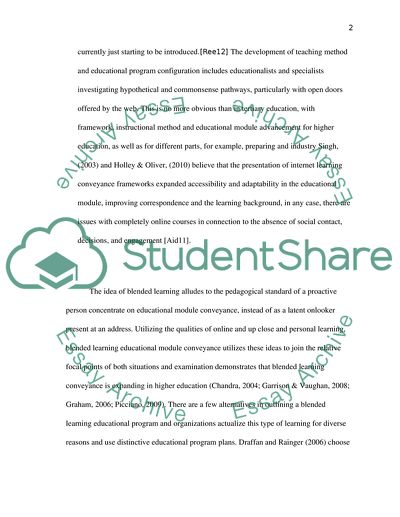Cite this document
(“Blended Learnning in Higher Education in Saudi Arabia Research Paper”, n.d.)
Blended Learnning in Higher Education in Saudi Arabia Research Paper. Retrieved from https://studentshare.org/english/1640948-blended-learnning-in-higher-education-in-saudi-arabia
Blended Learnning in Higher Education in Saudi Arabia Research Paper. Retrieved from https://studentshare.org/english/1640948-blended-learnning-in-higher-education-in-saudi-arabia
(Blended Learnning in Higher Education in Saudi Arabia Research Paper)
Blended Learnning in Higher Education in Saudi Arabia Research Paper. https://studentshare.org/english/1640948-blended-learnning-in-higher-education-in-saudi-arabia.
Blended Learnning in Higher Education in Saudi Arabia Research Paper. https://studentshare.org/english/1640948-blended-learnning-in-higher-education-in-saudi-arabia.
“Blended Learnning in Higher Education in Saudi Arabia Research Paper”, n.d. https://studentshare.org/english/1640948-blended-learnning-in-higher-education-in-saudi-arabia.


